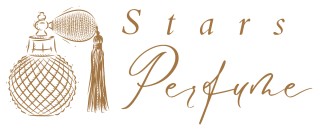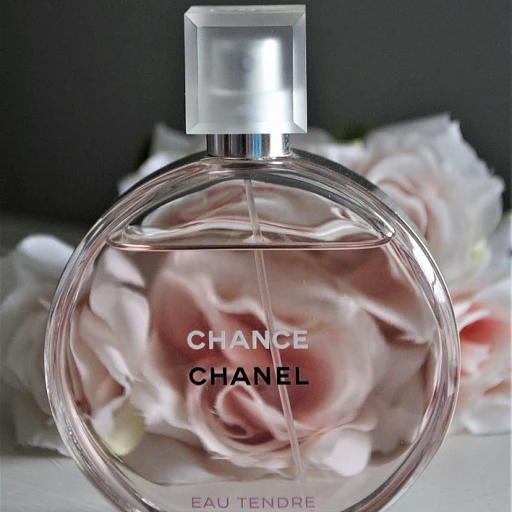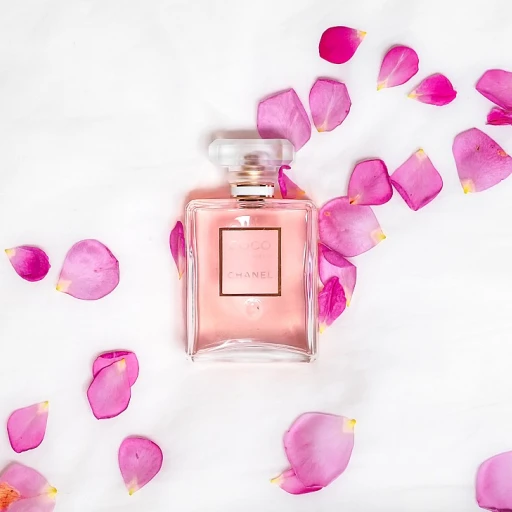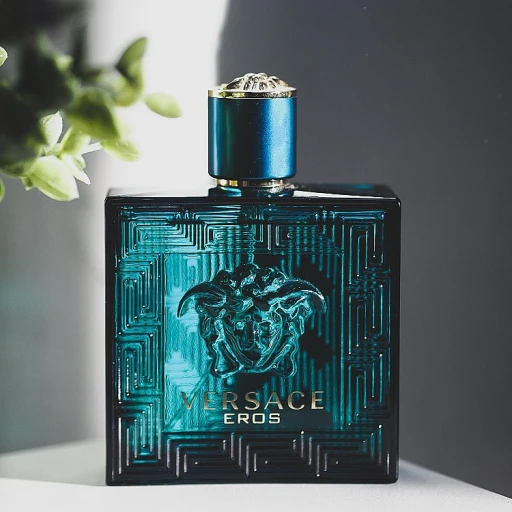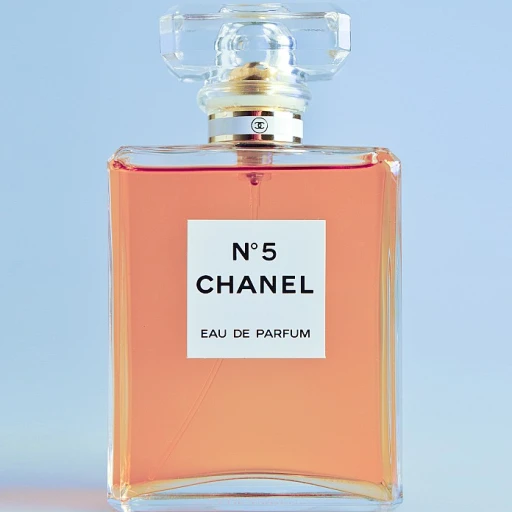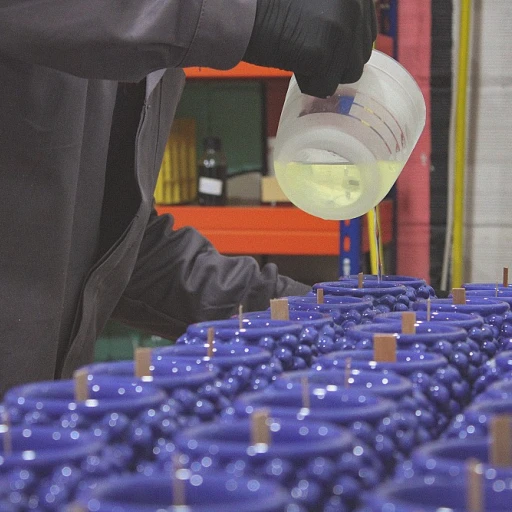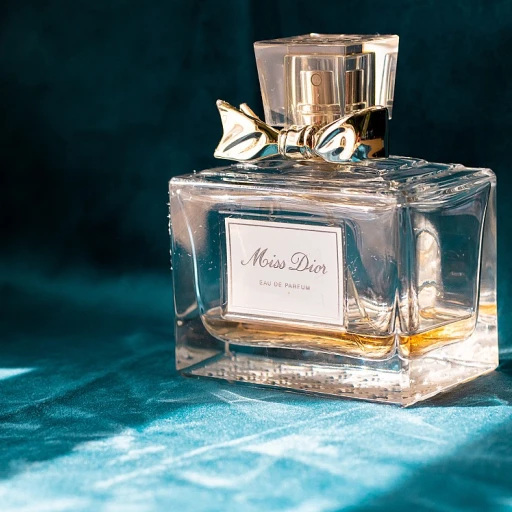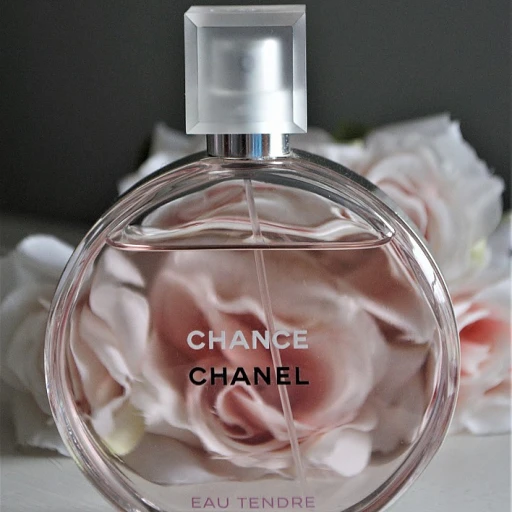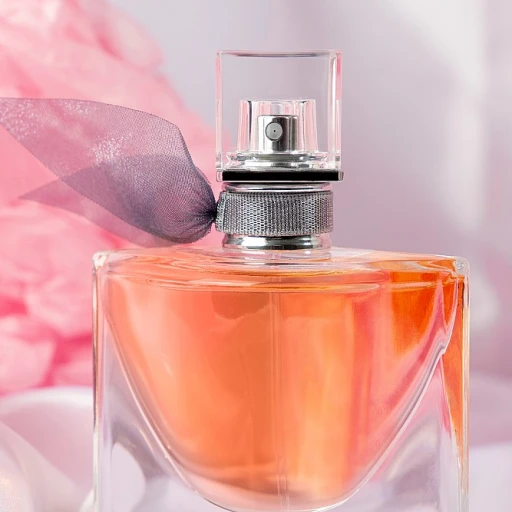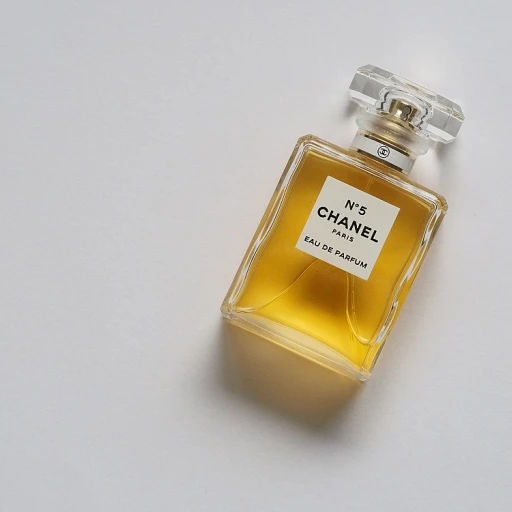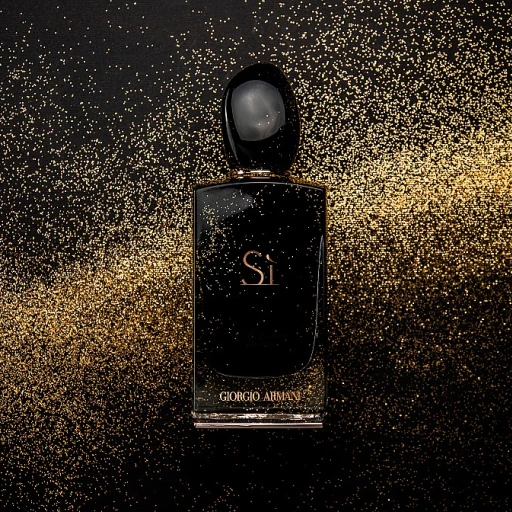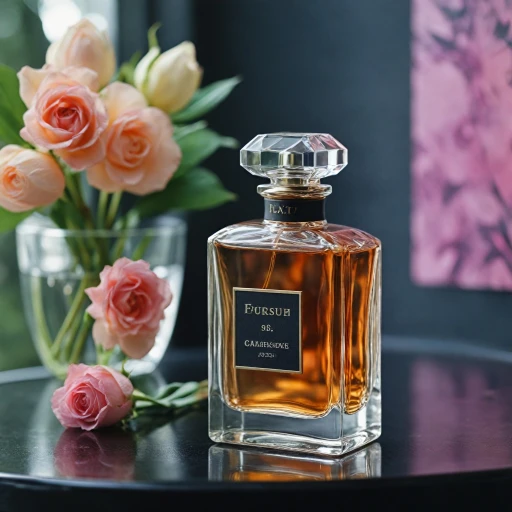
Understanding Floral Waters
Unveiling the Mystique of Floral Waters
The world of fragrance lovers often gravitates towards the soothing and versatile nature of floral waters, also known as hydrosols. These aromatic waters are a byproduct of the essential oil distillation process, capturing the very essence of flowers. Unlike their oil counterparts, floral waters are gentle, making them a popular choice for skin care routines across various skin types. Floral waters are not just any ordinary water; they are infused with the essence of flowers like rose, lavender, and orange blossom. Each hydrosol carries the unique properties of its parent flower, offering a spectrum of benefits that range from calming to rejuvenating the skin. For instance, rose water is renowned for its hydrating and anti-inflammatory properties, while lavender floral water is cherished for its soothing effects on the skin. Choosing the right floral water can elevate a skin care regime, thanks to its natural ingredients and lack of synthetic additives. These hydrosols are often used in organic skin care products, where the emphasis is on purity and natural benefits. From rose hydrosol to witch hazel, each bottle of flower water carries an array of skin-loving attributes. The affordability of floral waters is another point of attraction. While the price of essential oils can be prohibitive for some, floral waters are usually more budget-friendly, offering a cost-effective way to enjoy the essence of flowers. Moreover, their shelf life extends their usability, ensuring that even small amounts can last for a substantial time period. For those who are intrigued by the dreamlike allure of floral waters and their captivating effects, further exploration into the world of floral waters can offer additional insights and delights. Discover more about their enchanting properties and applications in articles like Exploring the Dreams of Meo Fusciuni, which highlight the fascinating interplay between nature and olfactory creativity.The Art of Creating Floral Waters
Crafting the Essence of Nature
The journey of creating floral waters is an artful blend of science and tradition, requiring both precision and creativity. Essentially, floral waters, also known as hydrosols, are the aromatic water collected during the steam distillation of essential oils. This process captures the pure natural aromatic properties of flowers like rose, lavender, and orange blossom, imbuing the water with soothing qualities ideal for skin care.
Distillation begins by steaming organic floral materials to extract valuable compounds. The steam then condenses into two components: essential oil and flower water. While essential oils are concentrated, the resulting floral water is gentle, making it suitable for various skin types. This harmonious process delivers products that are not only beneficial to the skin but also provide a sensory experience evocative of their natural origins.
With considerable knowledge about the interaction of water and oils, perfumers and artisans alike harness the potential of hydrosols to craft rose floral, lavender floral, and other organic waters. The final product is a testament to precision and peace, a small yet powerful evoke of nature's botanical bounty. Understanding these nuances and techniques is essential for those captivated by the art of fragrance, as outlined in this delightful exploration of Libertine Fragrance.
The appeal of using flower waters is in their soothing and versatile nature. Unlike concentrated oils, floral waters can be used without dilution, providing a gentle alternative for sensitive skin, while offering a spectrum of benefits at a reasonable price. Whether as a mist, a tonic, or a base for care products, their shelf life also allows for extended enjoyment of their properties.
Historical Significance of Floral Waters
Historical Journey of Floral Waters in Perfumery
The use of floral waters in perfumery traces back to ancient civilizations, where they were integral to both scent creation and skin care rituals. Recognized for their soothing properties, these hydrosols are distilled essences that capture the unique fragrance and therapeutic benefits of flowers, particularly those like rose and lavender. In ancient times, the Egyptians, known for their sophisticated beauty practices, frequently utilized floral waters such as rose water to maintain skin radiance and promote relaxation. Similarly, Persians, revered for their advancements in essential oil extraction, honed the process of distilling flower waters, boosting their prominence in ancient perfumery and ceremonial rituals. Each droplet of water, imbued with the aromatic essence of the flower, symbolized luxury and purity. During the Medieval period in Europe, floral waters gained traction not only for their aesthetic appeal but also for their immense medicinal properties. Lavish courts and monasteries meticulously prepared organic floral water blends, incorporating them into beauty and healing practices. Witch hazel, orange blossom, and rose hydrosol became staples for their skin-benefitting properties, nurturing various skin types with their pure natural compositions. The 18th century witnessed the rise of hydrosols as they transitioned into the mainstream, catering to the burgeoning demand for delicate, lighter fragrances. Their versatility led to a linchpin role in the art of aromatherapy, cherished not merely for scent but also as therapeutic agents in personal care products. Even today, the allurement of floral waters endures, as modern perfumery continues to be inspired by the calming allure of flower waters. Learn more about how these enchanting floral notes blend into today’s olfactory creations in this deep dive into fragrance compositions.Floral Waters in Modern Perfumery
From Ancient Traditions to Modern Innovations
Floral waters hold a special place in the landscape of modern perfumery, known not just for their delightful scents but also for their versatile properties. These aromatic waters, which are by-products of essential oil distillation, were once relegated to ancient rituals and traditional cosmetics. Over time, their integration in current skin care and fragrance products has seen a resurgence due to growing interest in organic and natural beauty solutions. As consumers increasingly prioritize health and sustainability, floral waters have emerged as a preferable alternative to synthetic perfumes and harsh skin care products. Their gentle, soothing characteristics appeal to a range of skin types, making them especially suitable for sensitive skin. Water-based formulas, such as those found in rose hydrosol or lavender floral water, impart not only a captivating aroma but also a calming effect, nourishing the skin with concentrated flower essences. The affordability and accessibility of floral waters have also contributed to their popularity. For instance, the price range of these waters—often more cost-effective than essential oils—makes them an appealing choice for those looking to explore natural fragrances without a hefty markup. Products like rose water and orange blossom water demonstrate a blend of aroma and affordability, interpreting age-old floral essences into contemporary sensibilities. Moreover, modern brands are investing in organic certifications and pure natural compositions, enhancing the appeal of their floral water lines. Whether it's the refreshing notes of witch hazel or the delicate bouquet of rose floral water, these hydrosols provide a layer of sophistication to the user's experience. Ultimately, our continuing fascination with these waters lies in their dual nature—true to ancient traditions yet adaptable to modern needs, offering both aesthetic pleasure and skin care benefits. As the demand for more organic floral products grows, floral waters are poised to remain a staple in both niche and mainstream fragrance collections.Benefits of Using Floral Waters
Embracing the Benefits of Floral Waters
In the realm of perfumery, floral waters, often referred to as hydrosols, are revered not just for their aromatic profiles but also for their myriad benefits. As a by-product of the essential oil distillation process, these fragrant waters are gentle on the skin, making them a versatile addition to any skin care routine. With their pure, natural properties, floral waters are suitable for various skin types, offering soothing and rejuvenating effects. One of the standout benefits of floral waters is their ability to hydrate and tone the skin. Rose floral water, for instance, is particularly cherished for its hydrating and calming powers. It's not uncommon to find rose water integrated into skin care products for its ability to soothe irritation and provide a natural glow. Moreover, the reasonable price point of flower waters makes them an accessible option for many. Lavender floral water is another popular choice, known for its relaxing properties. It provides a calming effect, which can be particularly beneficial after a stressful day. Similarly, orange blossom water offers refreshing and invigorating effects, making it a staple in skin care products designed for brightening and revitalizing the skin. Beyond their skin care benefits, floral waters are valued for their shelf life and safety. Their mild nature allows them to be used without the risk of skin irritation or allergic reactions often associated with pure essential oils. This makes them ideal for direct application or as a base for custom beauty and health concoctions. In sum, floral waters offer a wealth of advantages, from skin hydration and toning to relaxation and rejuvenation. As consumers continue to seek organic floral options in their products, the allure of these natural hydrosols only grows stronger, proving their worth as a timeless staple in modern perfumery and personal care.Choosing the Right Floral Water
Finding Your Perfect Floral Water
Choosing the right floral water can be a delightful yet daunting task, given the plethora of options available. Each type of floral water, or hydrosol, carries unique properties that cater to different needs and preferences. Here's a guide to help you make an informed decision.
- Identify Your Skin Type: Understanding your skin type is crucial. For instance, rose water is renowned for its soothing properties, making it ideal for sensitive skin. On the other hand, witch hazel is excellent for oily skin due to its astringent qualities.
- Consider the Purpose: Are you looking for a floral water to incorporate into your skin care routine, or do you need it for its aromatic benefits? Lavender floral water is perfect for relaxation, while orange blossom water can invigorate your senses.
- Check the Ingredients: Opt for pure natural or organic floral waters to ensure you're getting the best quality. Hydrosol organic products often have a longer shelf life and fewer additives.
- Price and Availability: While price can be an indicator of quality, it's not always the case. Compare the water msrp of different brands and read reviews to ensure you're getting value for your money.
- Explore Different Flowers: Each flower water offers distinct benefits. Rose floral water is hydrating, while lavender floral water is calming. Experiment with small quantities to find what suits you best.
By considering these factors, you can select a floral water that not only complements your skin type but also enhances your overall well-being. Remember, the art of choosing the right floral water is as much about personal preference as it is about understanding the unique properties of each hydrosol.
